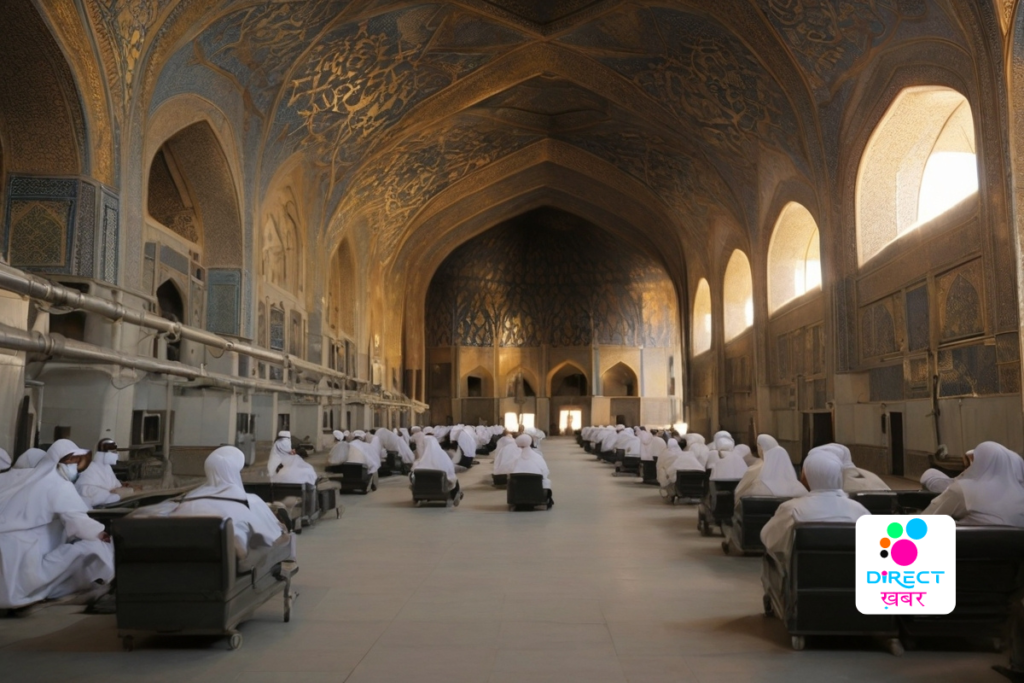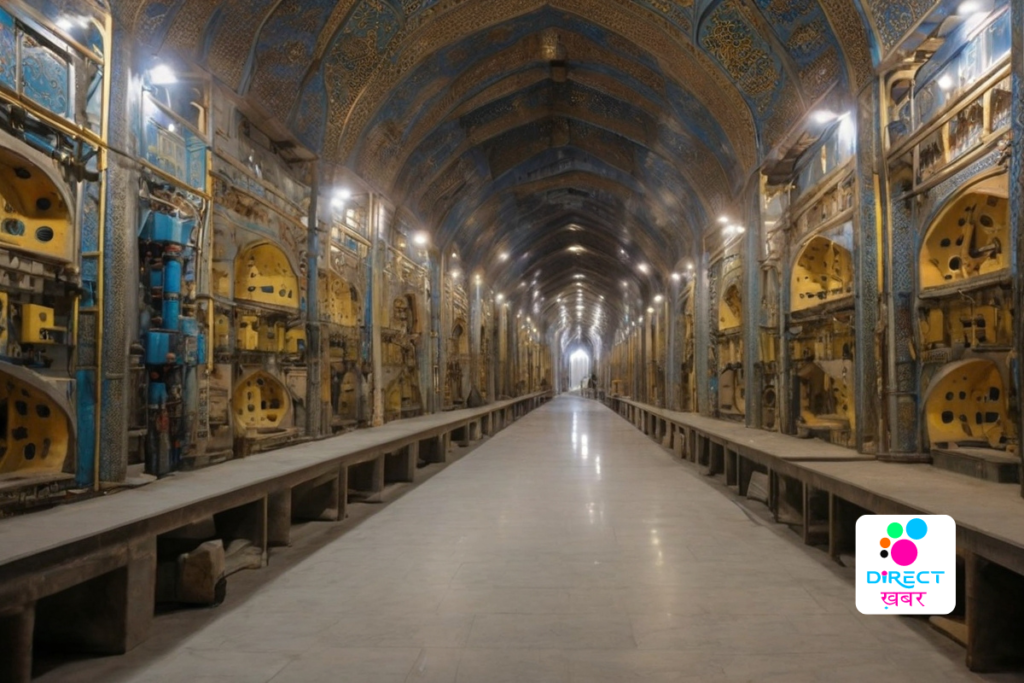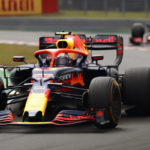Isfahan, a city in Iran, hosts Iranian nuclear facilities
In Isfahan, a central city in Iran, several crucial military installations, including nuclear facilities, an airbase, and factories for military equipment production, are located.
During a recent attack, reportedly carried out by Israel, explosions were heard near Isfahan airport and the Shekari army airbase.

Iranian authorities stated that their nuclear facilities, such as the Natanz uranium enrichment plant and a uranium conversion facility in Zardanjan, remained secure despite the assault.
Video footage from Zardanjan depicted anti-aircraft gun positions, suggesting that the target of the attack was likely the uranium conversion facility. This facility, established in 1999, hosts research reactors and manages fuel production for Iran’s civilian nuclear program. Notably, it had experienced a prior explosion in 2011.
Isfahan’s significance extends beyond its nuclear installations; it also hosts a pivotal Iranian airbase housing aging American-made F-14 Tomcat fighter jets. Speculation arose that a radar facility at the airbase might have been the intended target of the attack.

Moreover, Isfahan serves as a hub for Iran’s military industry, with factories producing weaponry. In a previous incident, attributed to Israel, an advanced weapons production facility in the city was targeted, with three drones reportedly involved. Iranian officials provided conflicting reports about the extent of the damage caused during this attack.
The recent assault underscores the strategic importance of Isfahan in Iran’s military infrastructure. Despite the attack, Iranian authorities maintain that their nuclear facilities remain secure. However, the incident highlights ongoing tensions and potential vulnerabilities in Iran’s military and nuclear assets.

Overall, Isfahan’s role as a key center for Iran’s military operations and nuclear program makes it a focal point in regional geopolitics, with attacks on its facilities reverberating across international relations and security dynamics in the Middle East.






